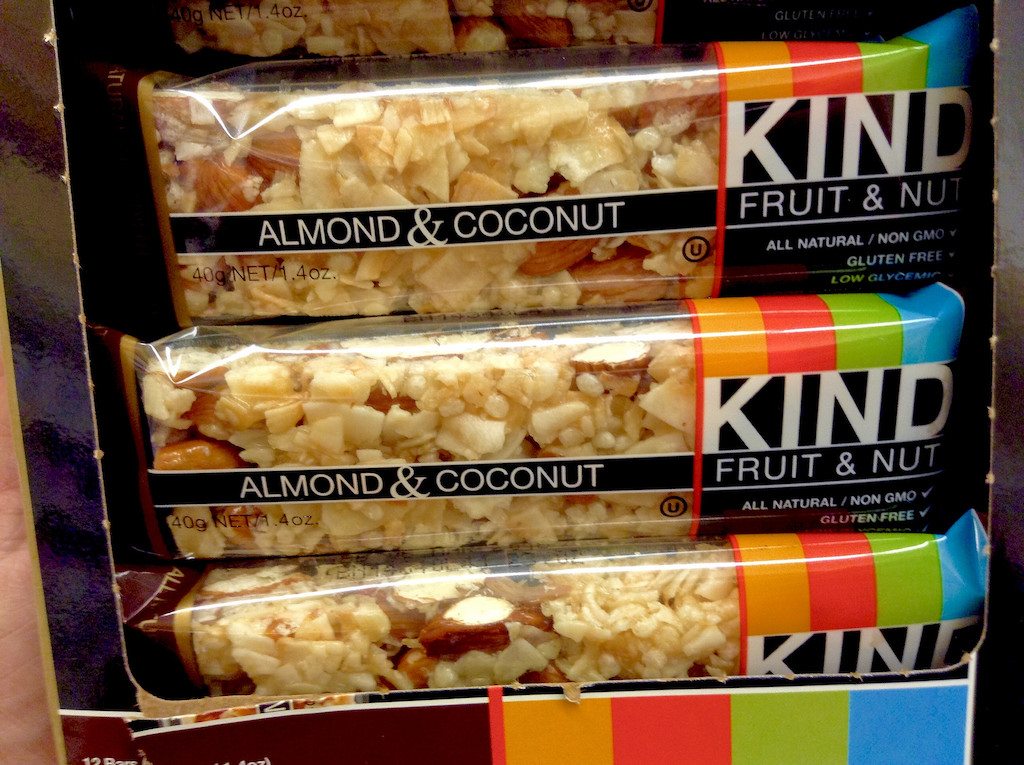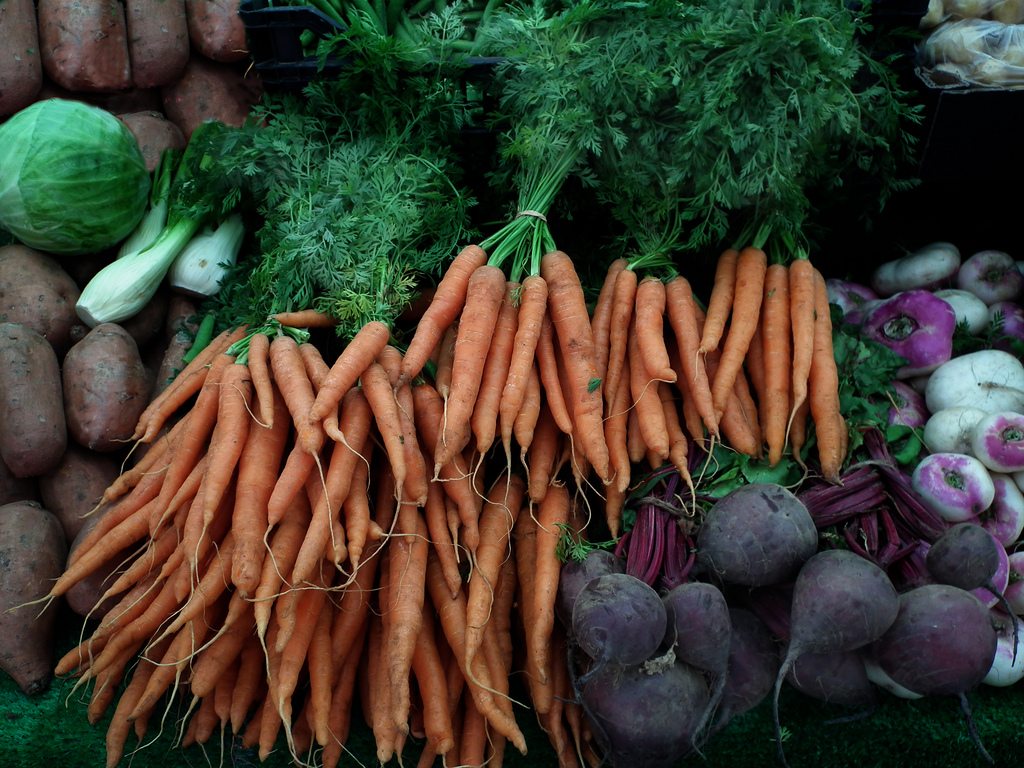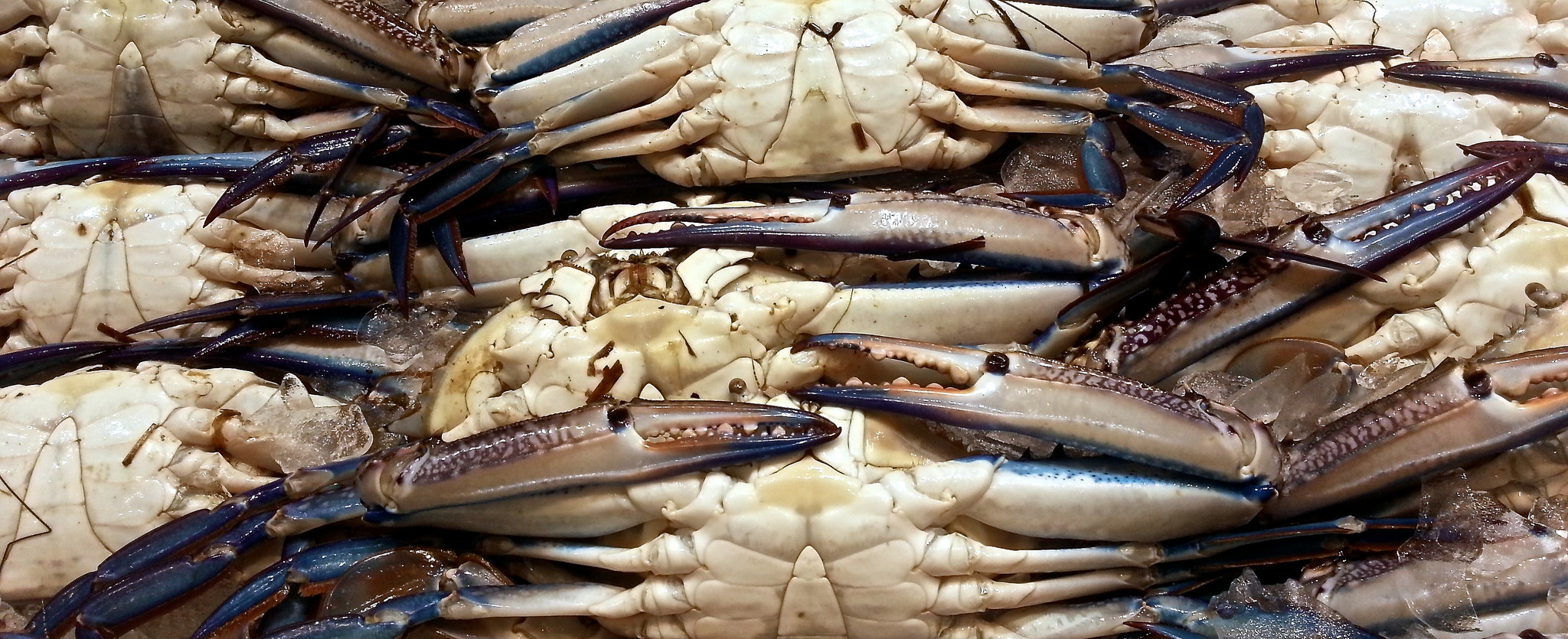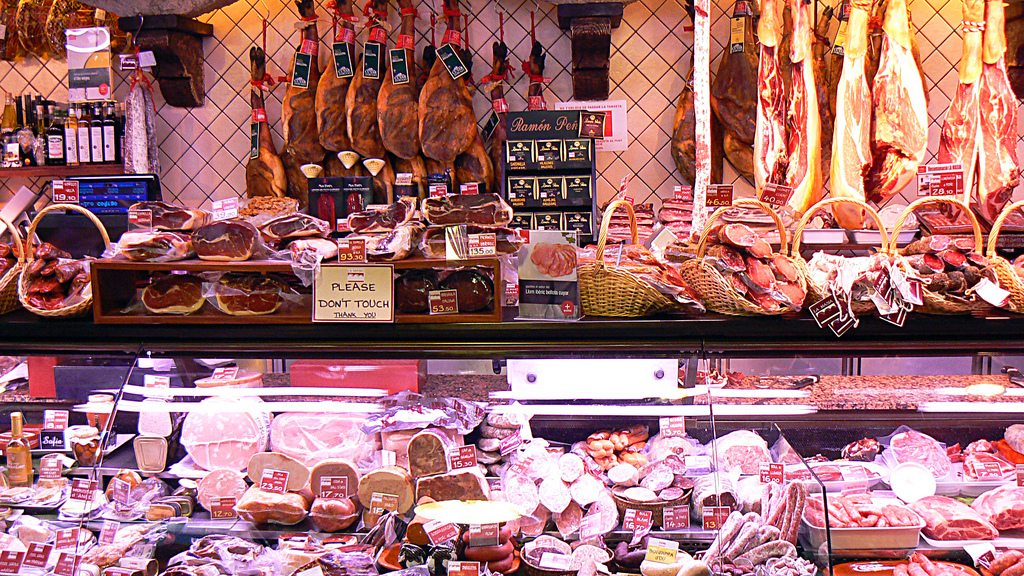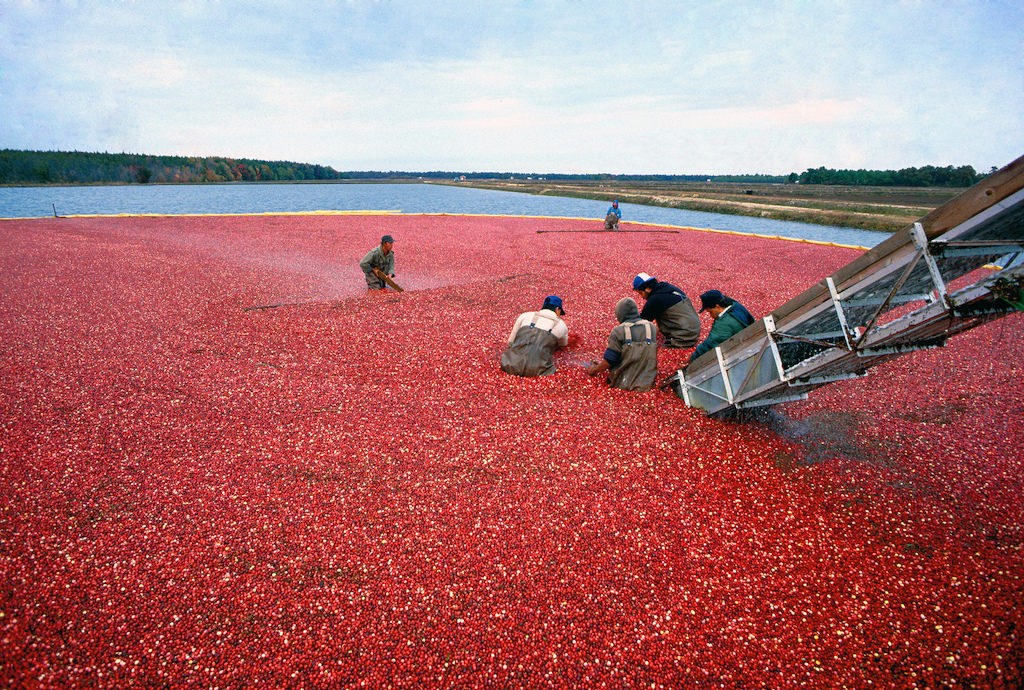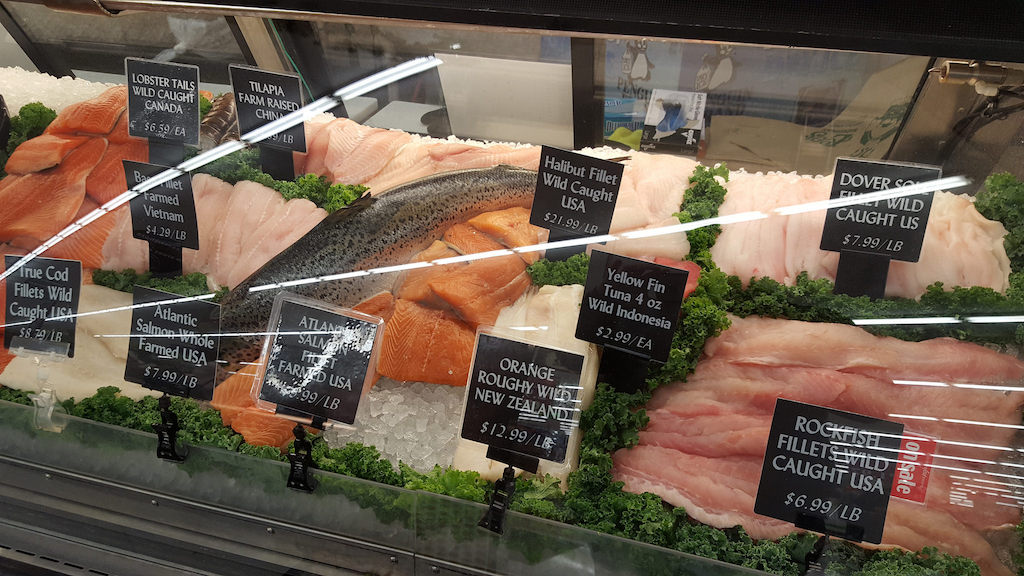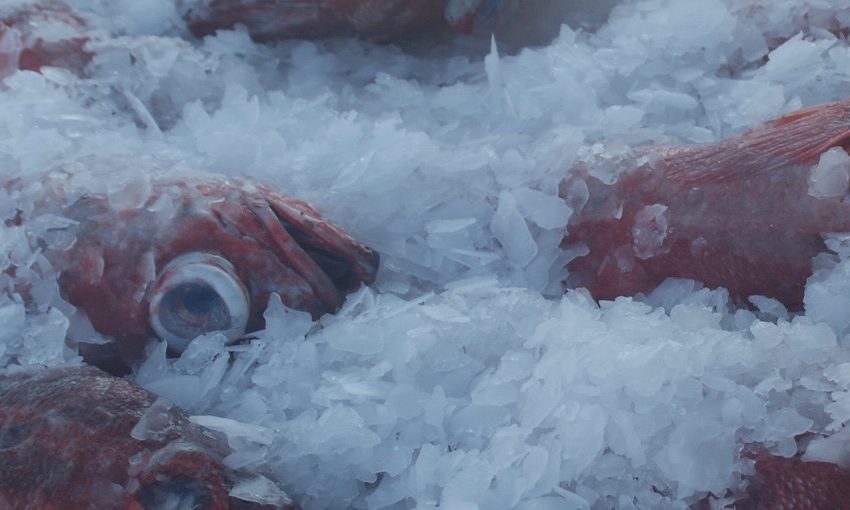
Lara McCaffrey
It’s always been a common sight in coastal California: fishermen selling their catch straight from the boat to consumers looking for the freshest fish. But starting this year, consumers may see more fishermen selling from booths than from boats. A new law – AB 226, also known as Pacific to Plate – allows fishermen to organize like farmers’ markets so they can more easily (and profitably) sell to the public.
The bill, signed by Governor Jerry Brown in October 2015, does much to legitimize existing fish markets and improve California’s commercial fishing economy. Notably, it enables fishermen to assemble under one permit (previously, they could only obtain individual retail permits), to form markets that are approved by the state as food facilities.
The change gives fishermen freedom to diversify their offerings. Now they can process fish into filets, whereas before they were only able to sell them whole. That may help fishermen market unfamiliar species to consumers, and make trying those species a little less intimidating.
The Tuna Harbor Dockside Market in San Diego is one market that couldn’t have opened without Pacific to Plate. It’s small but well attended by families, who mill about the 17 open-air booths to browse local catch like rockfish, groundfish, sea urchins, and whelk snail. The market is open from 8:00 a.m. to 1:00 p.m. every Saturday on Fish Harbor Pier. On a typical Saturday, many of the booths sell out by 11:00 a.m. or 12:00 p.m.
But back in 2014, Tuna Harbor was much less a market and much more…informal. Peter Halmay, president of the San Diego Fishermen’s Working Group and one of the Dockside Market’s founders, his son Luke, and two other fishermen – Zachary Roach, Junior and Senior, initially operated the only way they were allowed to: by selling their catch off a boat docked in a harbor.
Although they could charge more selling direct to consumers than they could to a wholesaler, selling off boats was tricky. In the first place, many consumers didn’t know they could go to the boats to buy fresh fish. Then there were all the legal gray areas involving food safety and licensing. So the fishermen of Tuna Harbor Dockside Market decided to ask for some legitimacy—in the form of legislation.
They got off to something of a bumpy start. Halmay and company were bounced between the Port of San Diego and the County Department of Environmental Health, as the departments tried to figure out what to do with them.
“Then a young lady from the Voice of San Diego wrote an article,” says Halmay. “She came down and interviewed us and talked about the merry-go-round we were on.”
San Diego County Supervisor Greg Cox read that article, written by Clare Leschin-Hoar, and was inspired to lend the fishermen a hand. It was the boost they needed. Within two weeks, Cox got the fishermen a temporary permit to organize like a farmers’ market on Fish Harbor Pier. It was August of 2014.
“When the market opened it was funny, we didn’t know what to expect,” says Halmay. “We were basing it on the 50 to 100 people that would show up on the boat. We opened up to a lot of fanfare and television and 1,500 people showed up.”
Demand was established. Next came the legislative process. The County Board of Supervisors ironed out the language that would eventually become Pacific to Plate and unanimously voted to pass it. Then, they convinced San Diego Assemblywoman Toni Atkins to carry the legislation, which she got into the hands of the Governor. His signature on the bill gave the market a permanent home.
Halmay says the bill also helps legitimize existing fish markets, such as the Saturday Fishermen’s Market in Ventura and ones in Santa Barbara and Half Moon Bay. “This will allow all of those markets to come out of the ashes and do something that’s legal,” he says.
And there’s the economic benefit, too. In the traditional supply chain, fishermen sell their catch to a wholesaler. It then goes to a processor and distributor before ending up on your plate. Each time the catch changes hands it gets marked up. That’s why wholesalers won’t pay fishermen full price for fish.
Zachary Roach Jr. says Pacific to Plate puts more money in fishermen’s pockets. He could sell all he catches to a wholesaler, but now prefers to spend his Saturdays at the market to get a better price per pound.
“Let’s say the groundfish, you might be able to get wholesale anywhere from $1.50 to a $1.75 a pound,” Roach says. “We’re selling it here retail anywhere from $4.50 to $4.99 a pound.”

Selling direct to consumer allows fisherfolk to educate consumers about species that traditionally go to waste. Recently, a renewed interest in these so-called “trash fish” has been sparked by chefs and engaged eaters
Although the bill has so far been successful in formalizing the way fishermen do business, the fact still remains that consumers largely eat imported fish. Promoting local and underutilized seafood is part of Pacific to Plate’s mission, but it’ll take more than a few markets to do that.
Theresa Talley, a professor at the Scripps Institute of Oceanography, aims to raise public awareness of local seafood producers with one of her research programs, Healthy Ocean-Healthy City. Talley says getting consumers to eat local species is tough because over 90 percent of the fish Americans currently eat is imported. Only a handful of markets carry native fish and Tuna Harbor is open only one day a week. Talley says shoppers need to be more open to new fish.
“That’s something that people need to get accustomed to—catch of the week or catch of the day mentality,” says Talley. “So my push in helping with the fishermen is how to raise awareness of what’s here and maybe get people to be a little bit more adventurous to try something new.” Getting them to shop that way consistently is a much larger task.
Markets like Tuna Harbor can be part of that push. The open-air seafood model can do for local fish what farmers’ markets did for produce: increase popular interest and customer access. That means more money for fishermen. And more local fish on consumer plates.



